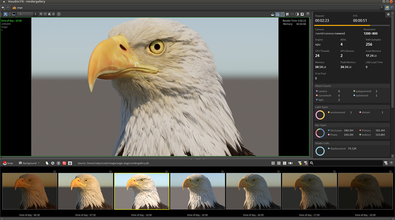Rob Pieké
robp_sidefx
About Me
Senior Software Developer - Solaris
Connect
LOCATION
United Kingdom
ウェブサイト
Houdini Engine
Availability
Not Specified
My Badges

SideFX Staff
Since 6月 2020
Recent Forum Posts
Motion Blur LOP samples from USD filecache 2024年11月30日16:43
If you post a hip file, I'm happy to take a look
No cryptomatte with Render Gallery ? 2024年11月23日10:58
Can you log a bug for this? I won't be able to look for a few days and I don't want to forget about it.
Write out USD with Animated Switch in LOPS? 2024年11月19日8:43
frame_48
With this current approach as I understand it you would need to have every single pipe plugged into the switch match in the amount of primitives and operations correct?
It depends on what you're trying to do. If you want to have a Switch choose between three different animations for a common object/character, then yes the USD Attributes need to be identically named so as to be compatible for stitching. If you want to have a Switch choose between a sphere or a box or a cube, then no ... Solaris has some handy tech in the Cache and USD ROP to "track primitive existence to set visibility".

